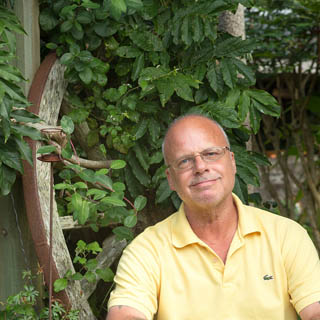 My name is Raymond Bradshaw and I live in Gerrans on The Roseland Peninsula. I work as a full time landscape photographer and sell my images through my gallery in St Mawes and through the Getty image library in America.
My name is Raymond Bradshaw and I live in Gerrans on The Roseland Peninsula. I work as a full time landscape photographer and sell my images through my gallery in St Mawes and through the Getty image library in America.
For the next twelve months I will be posting a photograph each month to Roseland Online and explaining why and how I took it, including all the technical details and specifications.
There are lots of ways to set up a picture and the settings on your camera, just as there are lots of ways of baking a cake. We all have our own favourite recipes and working methods but this is how I approach it; which doesn’t mean it is’t the only way, or necessary the best way, it is just the way that works for me.
The one golden rule about photography is that there are no rules. Taking pictures for me is not about having qualifications or swatting away in a classroom to pass your exams. Sure, they might look good on your CV, or maybe if you’re a wedding photographer, it might give potential clients confidence if they see your ad amongst others.
I’ve found the best way to learn, is get involved with the picture taking process, take lots of shots, good and bad ones and be honest about the quality. Learn to spot the weaknesses in your images and constantly strive to improve your understanding and technique of how the camera works and what makes a pleasing composition.
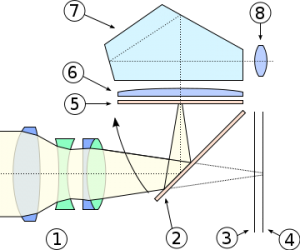 I shoot with a full frame high resolution DSLR camera with an assortment of lenses. There are other types of cameras that you can use but for landscape photography but the flexibility of the DSLR system with interchangeable lenses and the full manual control works best for me. Whatever camera you use it is best if you understand it inside out to get the best out of it.
I shoot with a full frame high resolution DSLR camera with an assortment of lenses. There are other types of cameras that you can use but for landscape photography but the flexibility of the DSLR system with interchangeable lenses and the full manual control works best for me. Whatever camera you use it is best if you understand it inside out to get the best out of it.
For landscapes I personally only ever use my camera in full manual mode so I can set it up individually for every single shot. Another good reason for shooting in manual mode is that you become connected to the camera picture taking process and how the camera settings change the final result. If you stick everything on auto you won’t get to grips with the fundamental elements of how the different settings sculpt the final photograph.
For the first photograph, I have chosen this one from Wheal Coats, St Agnes on the north coast,. It depicts a tin mine pumping engine house (which was in use from 1815 to 1914) perched on the rugged Cornish cliffs; a dramatic setting with the rollers of the Atlantic ocean crashing below.
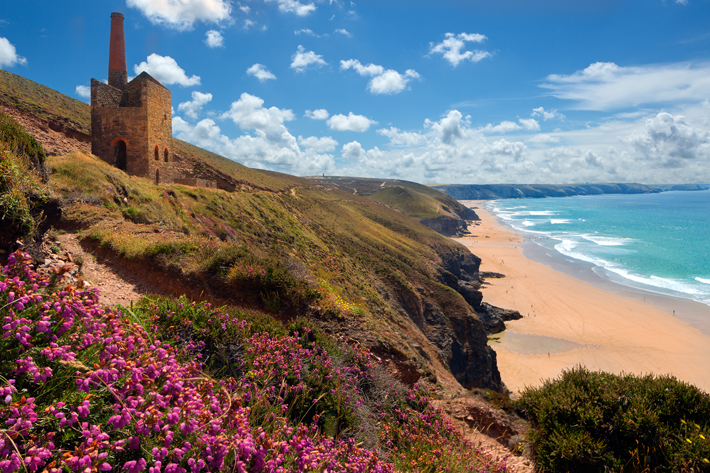 I shot this location for the obvious frame-filling drama and amazing view looking across this beautiful stretch of the Coastline. As you can see it’s a clear, sunny day with high visibility colours, big fluffy white clouds and blue sky. I’ve taken shots from this location several times, all from different perspectives and viewpoints.
I shot this location for the obvious frame-filling drama and amazing view looking across this beautiful stretch of the Coastline. As you can see it’s a clear, sunny day with high visibility colours, big fluffy white clouds and blue sky. I’ve taken shots from this location several times, all from different perspectives and viewpoints.
I should point out that when planing a landscape shot, I pay attention to the weather, coastal tide and light conditions. There is no point in rushing around like a headless chicken, driving lots of miles wasting time and money if, when you arrive, you find conditions unsuitable for good photography.
It took me about forty five minutes to drive to the little car park near the tin mine, then a ten minute walk to the cliff top. I climbed down the cliff to a low position as I wanted the building to be to the left of me, and above. I also wanted to find a comp that had frame-filling potential, including the beach, sea, and cliffs in the background.
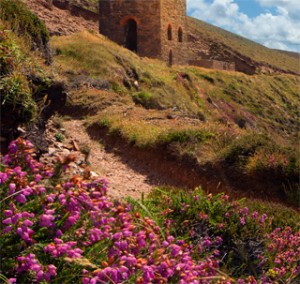 After looking around for twenty minutes, I eventually found this clump of colourful bell heather that I could use as an interesting foreground that would lead the viewer into the picture. As I wanted to get the bell heather up close to the lens for visual impact and keep the vertical lines of the engine house straight, I was forced to set up the camera on my tripod just inches from the ground, which meant that I was laying flat on the ground with my face up against the camera and the unpleasantness of the sharp thorny bracken sticking in my body and face.
After looking around for twenty minutes, I eventually found this clump of colourful bell heather that I could use as an interesting foreground that would lead the viewer into the picture. As I wanted to get the bell heather up close to the lens for visual impact and keep the vertical lines of the engine house straight, I was forced to set up the camera on my tripod just inches from the ground, which meant that I was laying flat on the ground with my face up against the camera and the unpleasantness of the sharp thorny bracken sticking in my body and face.
It was important to get down low because if I then tilted the camera down, it would have caused a horrible distortion of the engine house. So it is important to get the camera set up with no tilt and the horizon level.
Once I’ve set the comp up with everything in perfect position and interest from corner to corner, I start thinking about the focusing. I wanted this shot to be as sharp as possible from the bell heather in the foreground to the cliffs on the horizon; a big ask for any lens for such a vast range and distance.
For those of you who don’t know, it is the aperture that you choose that alters the depth of field (DOF). The smaller you go with the aperture size, the deeper the DOF: the wider you go, the shallower the DOF.
I was using a 24mm wide angle lens with my aperture set at f@16. Why is that you might ask?
It’s to do with the construction of the lens. Each lens has a sweet spot… the spot on the lens that gives the best quality image. On most Canon lenses I have found it to be the best at f@8. The further you go from the optimum aperture towards f@22, the more the quality degrades as you start getting De-fraction past f@16. So, for this image, I went for a aperture that gave me deep focus and good quality; most things to do with camera settings are a trade-off.
Now, I have set the correct aperture, where, in the frame, do I focus? Where is the best position in the frame to focus to get the maximum DOF? There are various ways to work this out. One way is to use a hyper focus distance chart that you can download from the net. As I prefer to focus manually, I set my focus point a third of the way into the frame, then press my DOF preview button to check that I have a sharp focus from front to back. If not, I rock the focus ring back and forth until I achieve the best results I can. It takes practice and patience; the more you do it, the better you become.
After I’ve set up the comp and focused it, I then think about the best way to get an even-balanced exposure, using manual metering and the camera’s histogram…
Anyway, I think I better leave it at that for the technical side of things as it can become a bit heavy and boring for some. I will talk more about the technical side of things in each future monthly article.
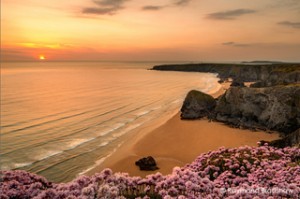 Being a modern photographer these days requires a lot of camera skills. File types, raw processing and printing, but best for me is being out in the fresh air, scouting and taking pictures of the wonderful landscapes throughout the UK; especially Cornwall… the land of pirates, dragons mythology and beauty. It has the most stunning cliff-top scenery in the world. From Plymouth to Lands End, then back to Bude; the light constantly changing and in ever moving tides.
Being a modern photographer these days requires a lot of camera skills. File types, raw processing and printing, but best for me is being out in the fresh air, scouting and taking pictures of the wonderful landscapes throughout the UK; especially Cornwall… the land of pirates, dragons mythology and beauty. It has the most stunning cliff-top scenery in the world. From Plymouth to Lands End, then back to Bude; the light constantly changing and in ever moving tides.
Nothing beats standing on a rocky outcrop, shooting seascapes as the sea rushes around you. The freshness of the sea air making you tingle and making you feel alive with the sensations of being so close to the sea.
Raymond Bradshaw


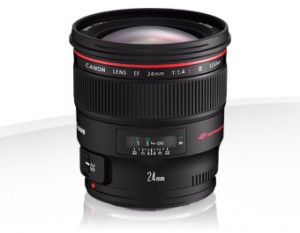
I like your common sense approach Ray and looking forward to future articles.
Thank you Wendy . I can see Robby doing taking to photography , he has that creative eye .
love the photography am passing your tips on to rob who is attempting to learn photography and photo shop skills to add to his graphic design skills very well written and made easy to understand for others who want to take beautiful scenes to hold onto
We think that all of your photography is excellent – keep up the good work
Thanks Jean Dell , so pleased you enjoy the photography , it’s comments like these that help keep me motivated and try harder .